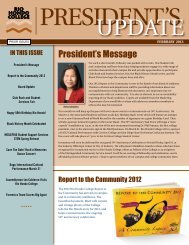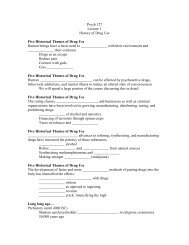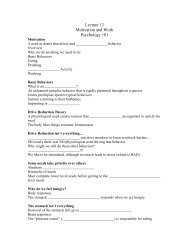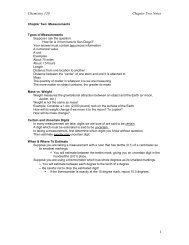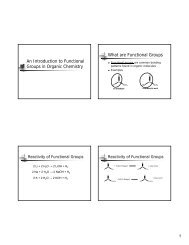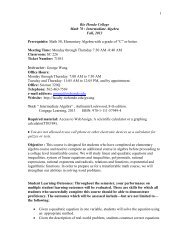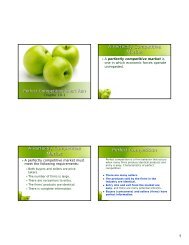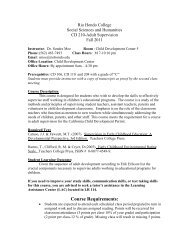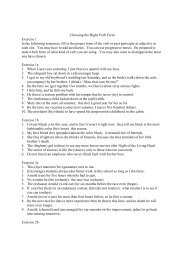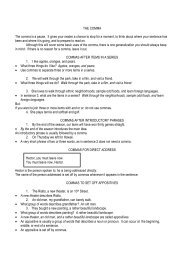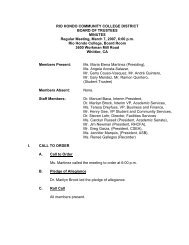Green Building and LEED Core Concepts Guide First Edition
Green Building and LEED Core Concepts Guide First Edition
Green Building and LEED Core Concepts Guide First Edition
You also want an ePaper? Increase the reach of your titles
YUMPU automatically turns print PDFs into web optimized ePapers that Google loves.
THINK ABOUT IT<br />
Electric cars <strong>and</strong> net-zero buildings. <strong>Building</strong>s create the dem<strong>and</strong><br />
for transportation. In t he future, they may also supply the energy to fuel our<br />
transportation system . What are the implications of the growing convergence<br />
between vehicles <strong>and</strong> buildings How will electrification of vehicles transform<br />
transportation <strong>and</strong> bui ldings How might it alter ene rgy efficiency or on site<br />
renewable energy goals for buildings<br />
SITE SELECTION<br />
The selection of a project site can provide opportunities to protect habitat<br />
<strong>and</strong> restore degraded areas . Development or rcdevelopmenton former industrial properties<br />
(so-called brownfields) may require the cleanup of contaminated sailor groundwater. Brownfield<br />
redevelopment can be regenerative: it improves the quality of the environment. This strategy<br />
also reduces pressure for the development ofgreenfie\d (undeveloped) Sites, which in turn reduces<br />
fragmentation of natural habitats. Some projects rake the extra step of explicitly protecting additional<br />
habitat outside the project boundaries as part of the development process.<br />
Strategies to address site selection include the following:<br />
• Increase density. Create a smaller footprint <strong>and</strong> maximize the floor·area ratio or square<br />
footage per acre.<br />
• Choose redevelopment. Build on a previously developed or brownfield site.<br />
• Protect habitat. Give preference to locations that do not include sensitive site elements <strong>and</strong><br />
l<strong>and</strong> types.<br />
lEED in Practice<br />
Smart locations <strong>and</strong> <strong>LEED</strong> for Neighborhood Development<br />
<strong>LEED</strong> for Neighborhood Development encourages development within <strong>and</strong> near existing communities<br />
or public transportation infrastructure. The goal is to reduce vehicle trips <strong>and</strong> miles traveled<br />
<strong>and</strong> support walking as a transportation choice. This promotes public health <strong>and</strong> a vibrant communitylife.<br />
One measure of "smart location" is access to transit service. <strong>LEED</strong> recognizes projects that locate<br />
at least 50% of dwelling unit entrances within a l/4 -mile walk of bus or streetcar stops or a 1/2 -mile<br />
walk from bus rapid transit, light or heavy passenger rail stations, ferry terminals, or tram terminals.<br />
30<br />
<strong>Green</strong> Bu ilding <strong>and</strong> <strong>LEED</strong> Co re <strong>Concepts</strong> <strong>Guide</strong>



